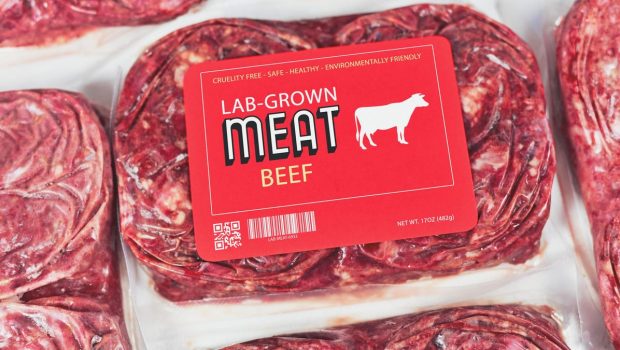Here Are The Top Three Scalable Technologies To Combat Food Insecurity
With the global population expected to surpass 9 billion by 2050, scientists, innovators and entrepreneurs are looking at scalable scientific solutions to establish a resilient and sustainable food supply in the years ahead.
John Ruff, Chief Science and Technology Officer at the Institute of Food Technologists (IFT) has devoted his career to the growing problem of global food insecurity and assessing the role that scalable scientific solutions can play in tackling this issue.
“While a negative light is often cast on food processing and genetically modified organisms or GMOs, for example, food is not simply good or bad,” he says. “Food processing and the use of technologies help increase food safety, enhance food's nutritional content, increase shelf-life, scale agriculture production, and ensure more viable crops across the world.”
John Ruff, Chief Science and Technology Officer (CSTO) at the Institute of Food Technologists (IFT)
IFT
Here are the top three scalable technologies to combat food insecurity, according to Ruff.
Upcycling
According to the Food Waste Index Report produced by the United Nations Environment Programme (UNEP), food waste from households, retail establishments and the food service industry totals 931 million tonnes or an average of 74 kg per capita each year. More than half of this wastage occurs at the household level, but 26% comes from food service and 13% from retail, which means that there are production measures that can be put in place to significantly mitigate food losses. One of the most impactful measures to reduce food waste is upcycling, or the act of procuring and processing ingredients that otherwise would not have been consumed.
“Reducing food waste throughout the supply chain will significantly improve our need to grow more food and mitigate the detrimental effects of food waste,” says Ruff. “There is very real potential to reduce waste in developing countries at the farm level, using existing technologies to create value added products, which can increase smallholder income and reduce poverty. And we’ve seen examples of leveraging upcycling to create value added food products in the U.S., such as using spent grain from brewing, which was previously discarded, to make protein bars and flour.”
Plant-based and cellular protein
In 2012, the Food and Agriculture Organization (FAO) projected that the global demand for meat would reach 455 million metric tons by 2050, up 76% from 2005. This is highly problematic given that industrial animal farming inflicts negative externalities on public health, animal welfare and the environment, resulting in greenhouse gas emissions, unsustainable land use and biodiversity loss, and unsustainable water use.
Plant based alternatives to meat protein and the growth of cell-based meat in labs provide an opportunity to overcome these negative externalities. One estimate by the consulting firm Kearney suggests that 35% of all meat that is consumed globally will be cultured by 2040, while the alternative protein market is projected to cross $9 billion by 2026.
“Recent scientific investments in plant based and cellular protein are critical to meet the increasing global demand for protein and prevent the environmental impacts of greenhouse gases associated with a rise in meat production,” says Russ. “Plant-based alternatives are not new but advances in palatability are driving trial and consumption; further research is directed at improving nutritional quality. While at an earlier stage of commercialization, cellular protein is starting to enter the market and work is ongoing to optimize the quality and reduce energy requirements.”
If there is any evidence required to prove that cellular protein is taking off, Israel-based “lab-grown” meat startup Future Meat Technologies (FMT) recently opened a pilot facility to produce 5,000 burgers a day, and Nestlé is reportedly in talks with the company to add its cultured meat to its portfolio of products. Impossible Foods
BGS
Digitization of the supply chain
The pandemic has raised more awareness around food production than ever before, exposing inefficiencies that have plagued the industry for decades, resulting in structural inequalities and exacerbating global food insecurity. The advent of digitization artificial intelligence (AI) and big data across the food supply network provides opportunities to transform the entire supply chain, with the potential to overcome logistical issues, improve freshness, enhance food safety and security and elevate the overall customer experience.
“The use of Artificial Intelligence to analyze and interpret data and Internet of Things (IoT) sensors are improving the safety and nutritional consistency of food products and also reducing waste,” Russ explains. “Broadband internet can capture production and transportation level data to strengthen both the efficiency and resiliency of the food supply chain.”
The time has come to transform the way we cultivate, produce, distribute and consume food and with the rapid growth in global population size, increasing consumer demands, rising food prices and with the negative impact that industrial agriculture is having on the environment, true transformation will not be likely without technologies that can drive improvements in scale, quality, resilience and accessibility to food.








Gloss